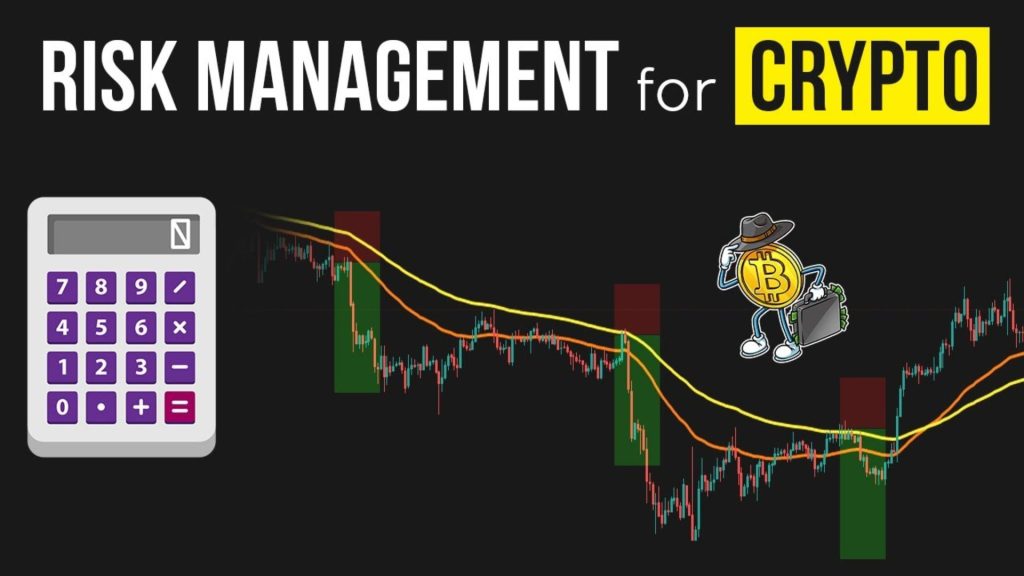Cryptocurrency risk management requires a systematic approach to identify, analyze, assess, and develop treatment plans for the risks associated with investing in digital assets. Investing in cryptocurrencies involves inherent risks that necessitate careful identification and management by financial institutions. To effectively navigate these risks, a structured risk management process must be followed.
This article will delve into the four fundamental steps involved in performing cryptocurrency risk management: risk identification, risk analysis, risk assessment, and treatment planning.

Steps in Cryptocurrency Risk Management
Step #1: Risk Identification
The initial stage of cryptocurrency risk management entails identifying the risks associated with investing in cryptocurrencies. This necessitates conducting a comprehensive review of potential risks, encompassing factors such as market volatility, liquidity risk, cybersecurity risk, regulatory risk, and operational risk.
Financial institutions can leverage various tools, including risk checklists, risk registers, and risk workshops, to ensure a thorough identification of risks, leaving no stone unturned.
Step #2: Risk Analysis of Cryptocurrency Risks
Once risks have been identified, the subsequent step involves analyzing each risk in detail. This analysis entails assessing the likelihood of the risk materializing and the potential impact it could have on the financial institution’s portfolio.
Quantitative and qualitative techniques, such as scenario analysis, stress testing, and sensitivity analysis, can be employed to perform risk analysis. These techniques aid in identifying the potential impact of different risk scenarios and evaluating the effectiveness of various risk mitigation strategies.

Step #3: Performing Cryptocurrency Risk Assessment
Following risk identification and analysis, the next phase involves conducting a risk assessment. This entails assigning a risk score to each identified risk based on its likelihood of occurrence and potential impact on the financial institution’s portfolio.
Financial institutions can employ a range of risk rating scales, such as the likelihood-impact matrix or the risk heat map, to conduct risk assessments. These tools aid in prioritizing risks and identifying those that require immediate attention due to their significance.
Step #4: Developing a Treatment Plan for Cryptocurrency Risks
The final step in the cryptocurrency risk management process entails developing a treatment plan for the identified risks. This involves formulating a comprehensive risk mitigation strategy designed to minimize the likelihood and impact of each risk.
Financial institutions can utilize various risk mitigation techniques, including risk avoidance, risk reduction, risk transfer, and risk acceptance, to craft an effective treatment plan. These techniques help ensure appropriate portfolio diversification and the effective management of risks associated with cryptocurrency investments.

Final Thoughts
By following these four key steps—risk identification, risk analysis, risk assessment, and treatment planning—financial institutions can navigate the challenges inherent in cryptocurrency investments and proactively manage potential risks. Implementing a robust risk management framework allows for informed decision-making and enhances the overall stability and resilience of cryptocurrency portfolios.








